Guide to Installing and Maintaining Pavers for Driveways, Patios, and Industrial Spaces
Enhance Your Outdoor Space with Durable, Stylish Paver Solutions
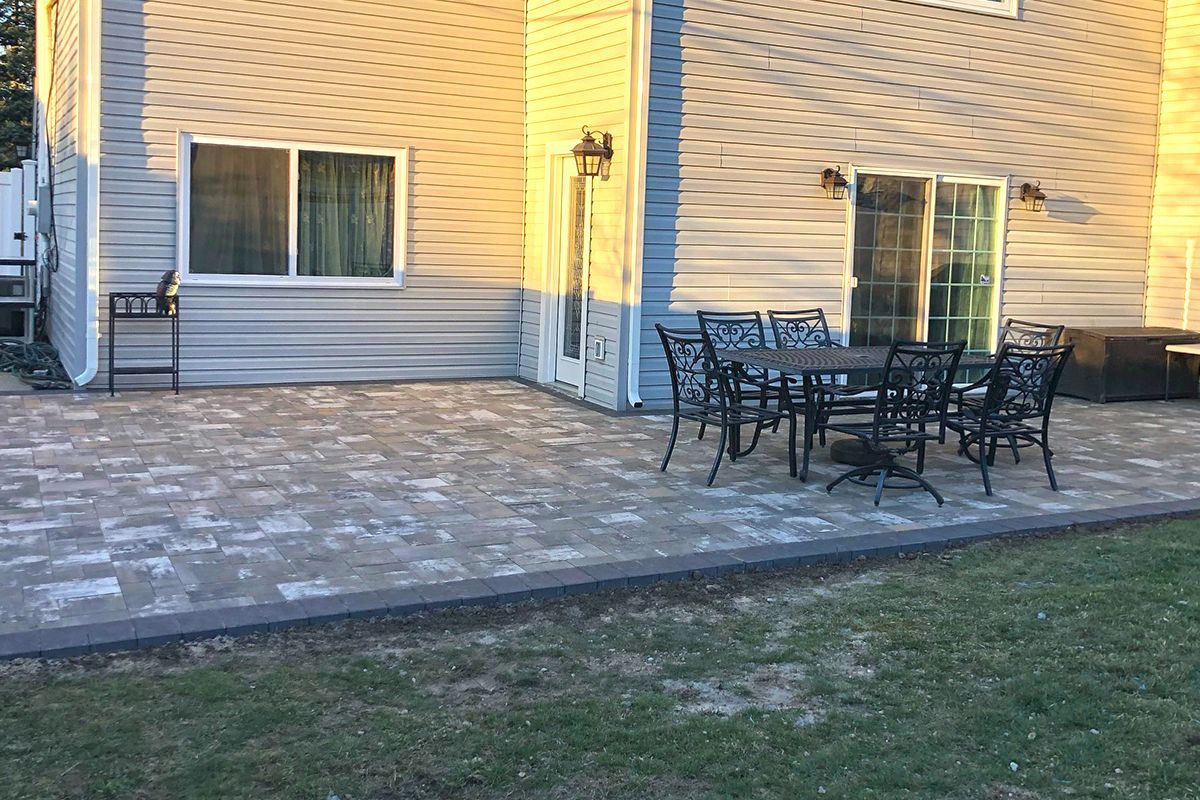
Pavers are a stylish, durable choice for transforming outdoor spaces, from enhancing the curb appeal of residential driveways to creating welcoming patios and resilient surfaces in commercial settings. Whether you’re looking to install backyard patio pavers or heavy-duty pavers for an industrial area, this guide covers essential steps in the installation process, as well as maintenance tips to keep your pavers looking great and functioning well for years.
Installation Process for Pavers: Step-by-Step
- Planning and Design
Begin with a design that suits your needs and aesthetic preferences. For a backyard, options include patterns like herringbone, circular, or running bond, all of which create visual interest. You may also consider trends like eco-friendly backyard pavers that use permeable materials to help with drainage. - Pro Tip: Check out the latest in backyard paver layouts to find inspiration, whether for a modern patio or rustic retreat. For example, if you’re interested in hosting outdoor gatherings, look for “backyard paver stones for September BBQs.”
- Site Preparation
Preparing the ground is essential. For patios or driveways, mark the area, clear vegetation, and level the ground. Then, excavate about 6–8 inches deep for patios or 10–12 inches for driveways, ensuring adequate depth to support the pavers. - Industrial Note: For commercial areas, ensure that the site is clear of any debris, and pay special attention to drainage requirements. Look for “industrial driveway pavers for heavy loads” to withstand frequent heavy equipment traffic.
- Base Layer and Compaction
For any paver installation, lay a strong base. Typically, a base layer of crushed stone or gravel around 4–6 inches deep is used for residential patios, while driveways and industrial settings may need a deeper base to accommodate weight. Use a plate compactor to ensure a solid, even foundation. - Sand Bedding and Screeding
Once the base is compacted, add a layer of coarse sand over it. Spread and level the sand with a screed board, creating a smooth, level surface for the pavers. Aim for a 1-inch thick sand layer. - Laying the Pavers
Now comes the installation of the pavers themselves. Lay each stone closely together, working from the edge to maintain alignment. For a driveway, consider pavers specifically designed to support heavy loads, as they offer the durability needed for vehicle traffic. For patios, “low-maintenance backyard paver designs” can offer elegance without constant upkeep. - Edging and Restraint
Install edge restraints to keep the pavers in place. Edge restraints are essential to prevent pavers from shifting and ensure they stay aligned over time. These are especially crucial for driveways and commercial spaces where there’s frequent movement. - Sand Jointing and Compaction
Sweep sand into the joints between the pavers to lock them in place. After applying the sand, use the compactor to settle the pavers into the base layer. Repeat the process until all joints are filled with sand and securely locked. - Sealing the Surface
Sealing is optional but highly recommended for high-traffic areas like driveways or commercial installations. Sealants protect the surface from stains, reduce weed growth, and enhance the colors of the pavers. For colder climates, sealing before winter can prevent water infiltration, which can lead to freeze-thaw damage.
Maintenance Tips for Pavers: Keeping Your Pavers in Top Shape
Once installed, pavers require periodic maintenance to keep them looking their best. Here are some simple tips:
- Regular Cleaning
Routine cleaning prevents debris buildup and keeps your patio or driveway looking fresh. For patios, a light sweep or rinse with a garden hose is often sufficient. Driveways and commercial areas may need power washing to remove oil, dirt, and tire marks. - Weed Control
Even with compacted sand and edge restraints, weeds can sometimes sprout between pavers. Use a weed killer or regularly remove any weeds by hand to maintain a clean look. - Joint Sand Replenishment
Over time, the joint sand may wash out, particularly after heavy rain. Refill joints with polymeric sand, which hardens and inhibits weed growth. This is especially helpful for driveways or industrial spaces where pavers experience heavy wear. - Addressing Shifting and Settling
If you notice any pavers have shifted, it could be due to settling of the base. Repair this by removing the affected pavers, adding more base material, and leveling. For commercial installations, this is crucial to ensure smooth movement of heavy equipment. - Sealing Maintenance
Depending on usage and weather conditions, you may need to reapply sealant every 2–3 years to keep the surface protected. Sealant helps prevent stains and minimizes the effects of freeze-thaw cycles, which is critical for driveways in colder climates. Look for products designed specifically for “long-lasting driveway paver materials” to get the best results. - Repairing Cracks and Replacing Damaged Pavers
Occasionally, individual pavers may crack or break due to heavy use or accidental impacts. Replacing a single paver is typically easy and prevents the damage from spreading. For industrial driveways, replacing damaged pavers promptly ensures smooth operations and keeps loading docks or warehouse entrances safe.
Benefits of Professional Paver Installation and Maintenance
While DIY paver installation can be a rewarding project, hiring a professional can save time and effort and ensure that your pavers are installed correctly from the start. Professionals have the tools and expertise needed for handling the unique challenges of commercial and industrial installations, like heavy load requirements and specialized drainage needs. Plus, they can often secure high-quality materials at better prices, making “affordable backyard paver patio installers” a worthwhile search if you're seeking quality without excessive costs.
For businesses or homeowners looking for high-quality, reliable results, consider working with a team experienced in a range of services, from “paver repair for commercial driveways” to creative “DIY backyard patio pavers for small spaces” designs. Whether enhancing your backyard or fortifying an industrial entrance, pavers provide a versatile, aesthetically pleasing, and durable option for any outdoor space.
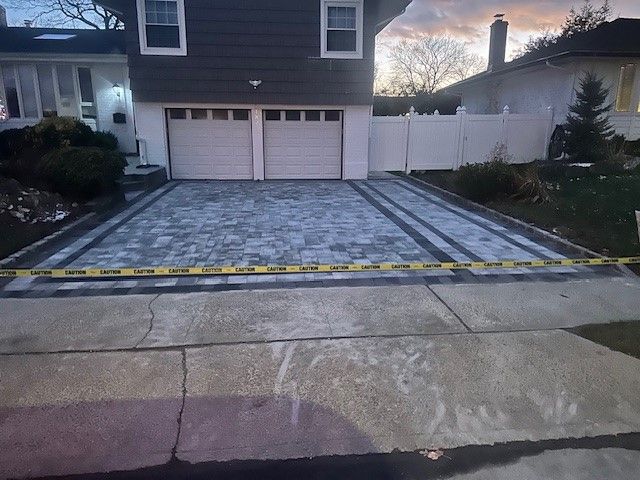
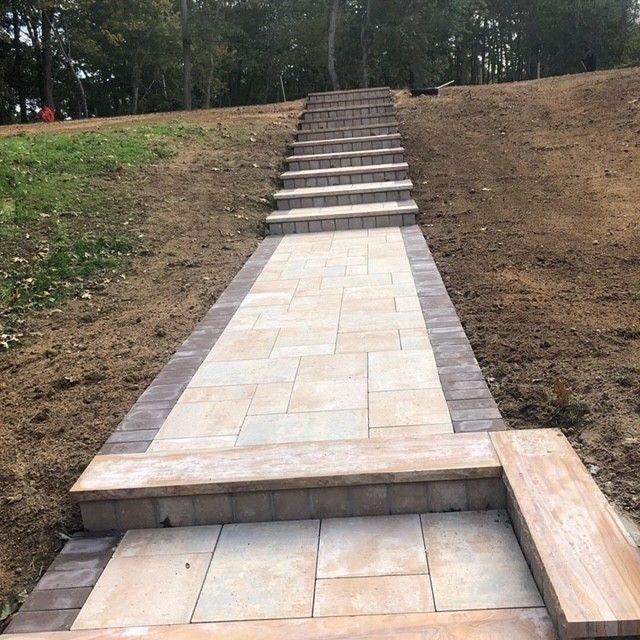
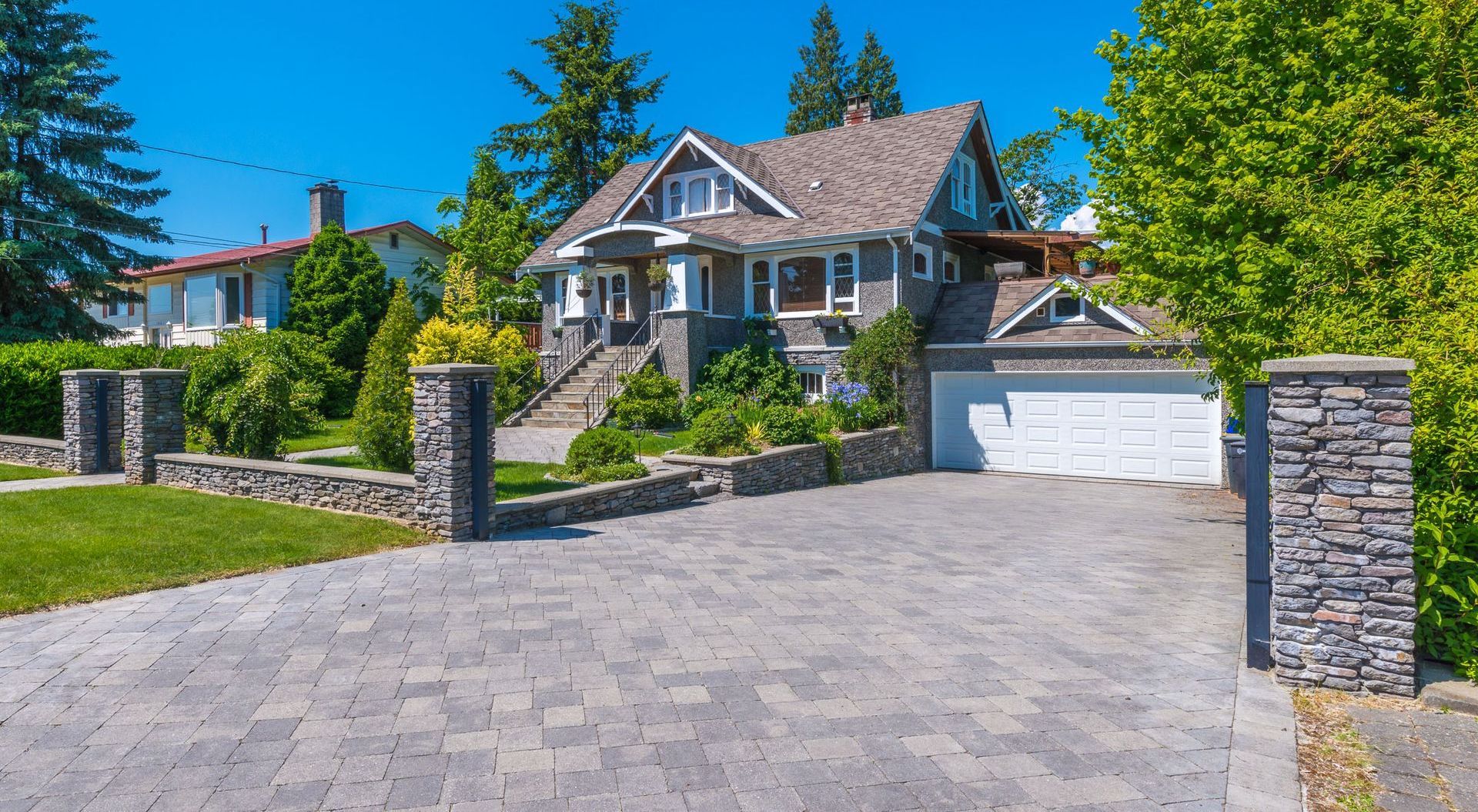


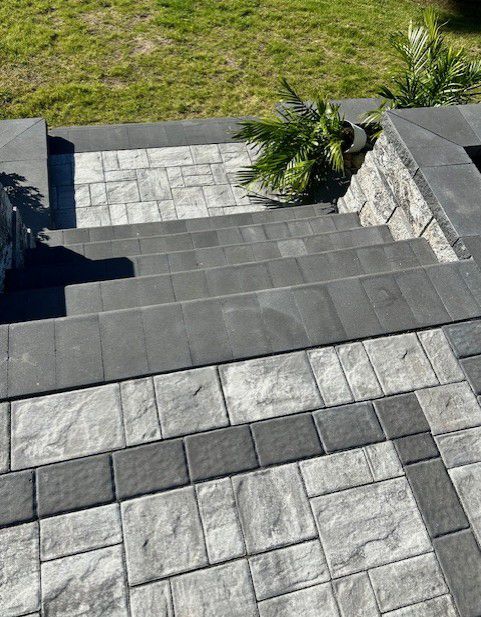
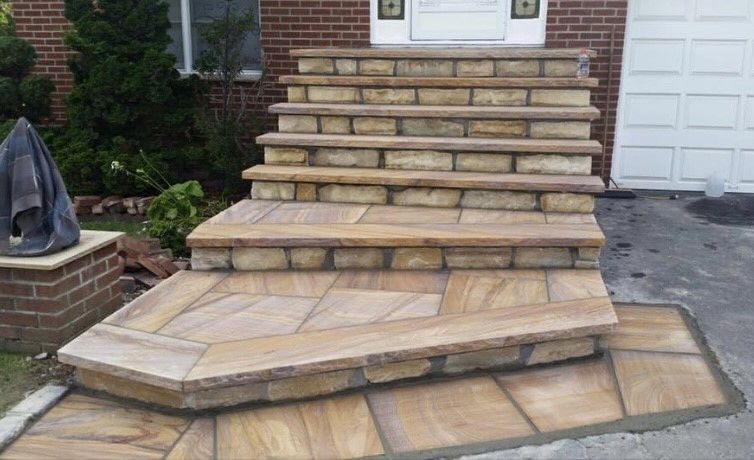

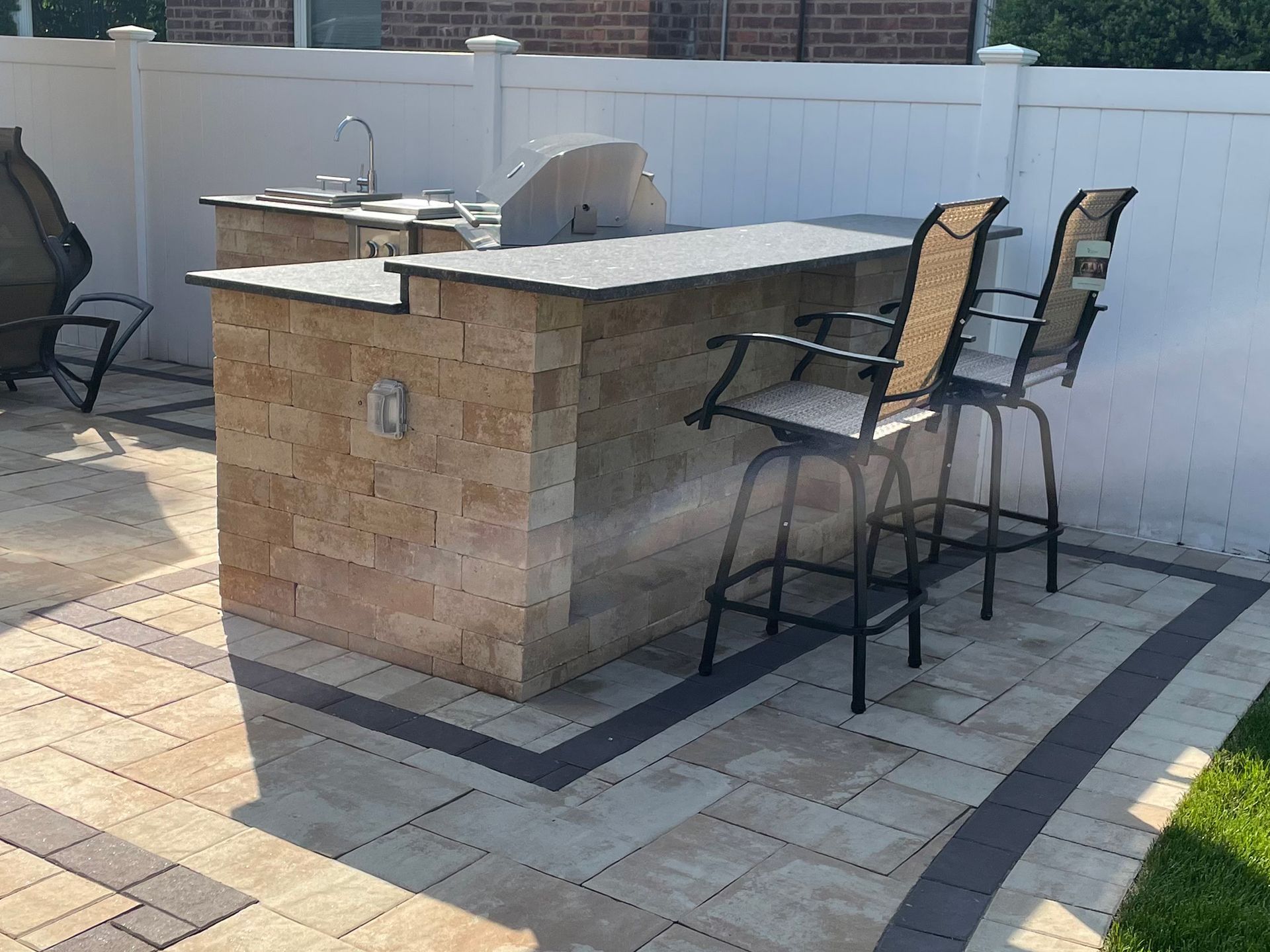
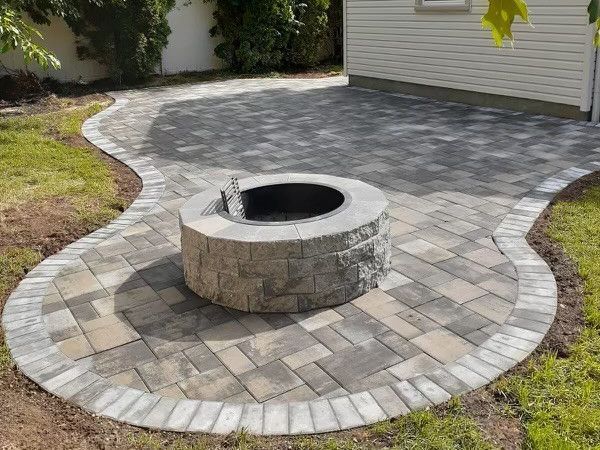
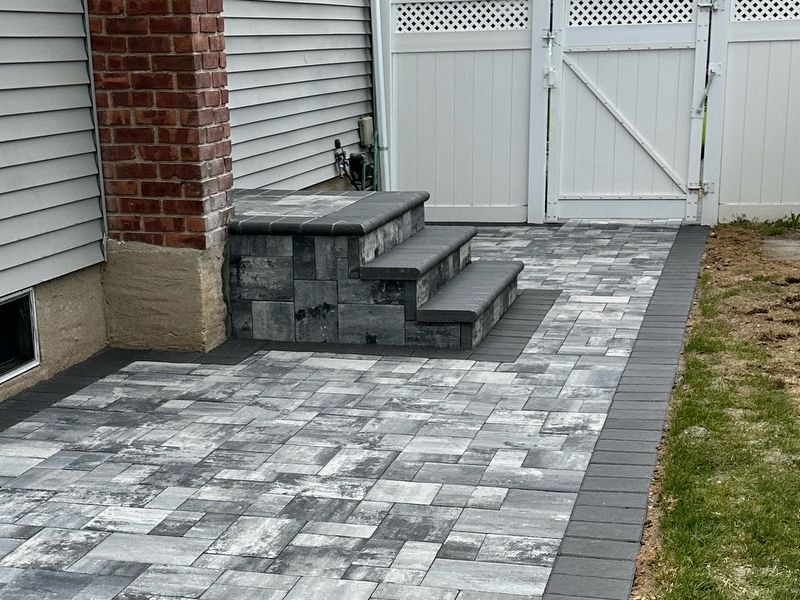

Share On: